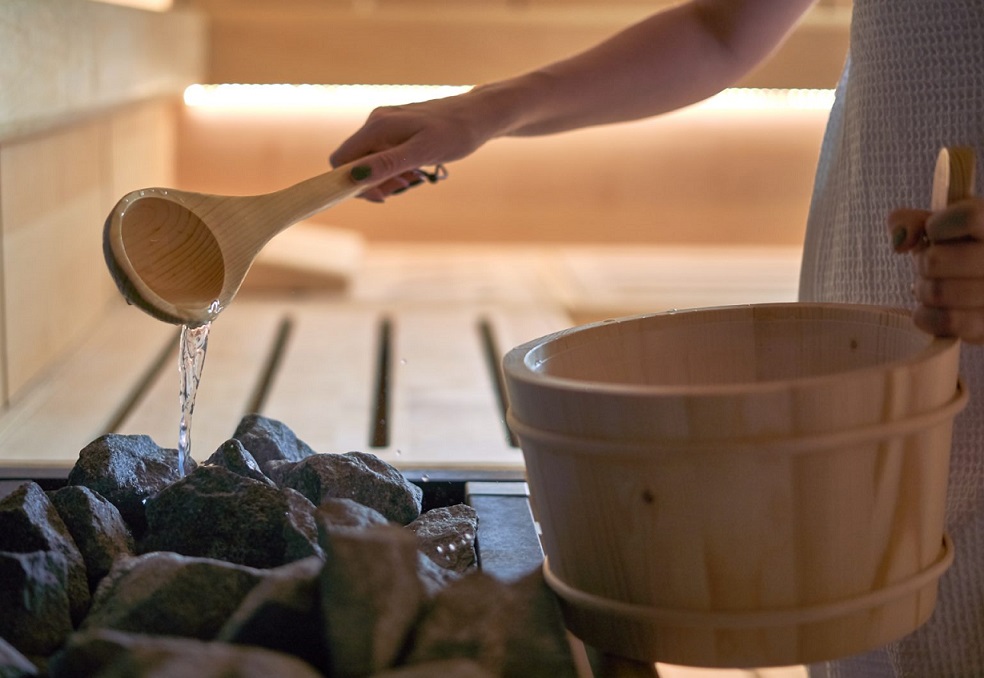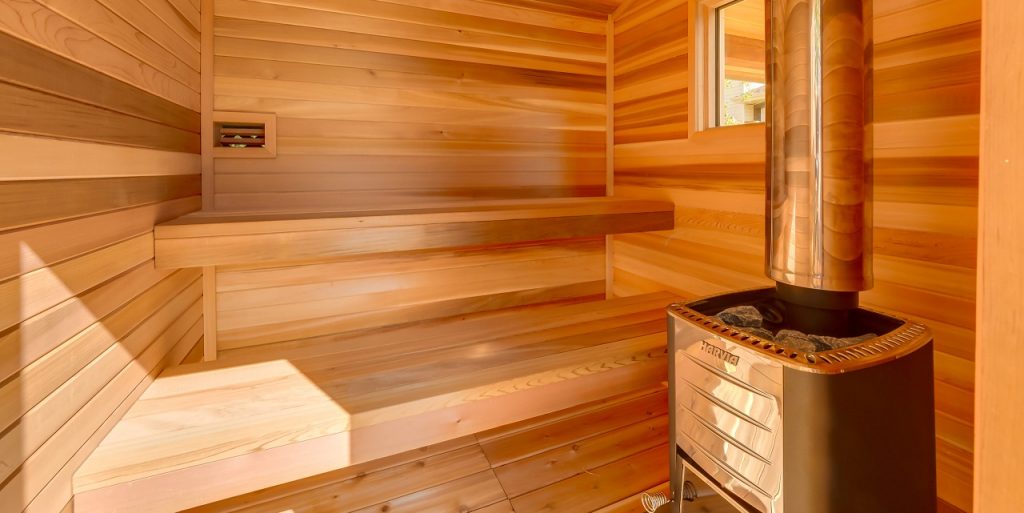Traditional Style vs. Infrared Saunas
Saunas offer numerous health benefits such as boosting your heart health, clearing your pores, easing lower back pain, improving skin strength, and preserving muscle mass. For all these reasons and more, many are considering at-home sauna installations to enhance their health and relaxation. Yet, as they begin their research, they’re confronted with the question of whether to install an infrared sauna or a traditional Scandinavian style sauna.
If you’re wondering which will serve you best, keep reading for the ultimate comparison between the two.
The Difference Between Traditional Saunas and Infrared Saunas
While there are a handful of distinctions between traditional and infrared saunas, the core difference is the heating source.
In a traditional sauna, a single wood-burning stove or electrical stove heats the air by convection (hot currents) in a wood-lined room. The hot air produced by the stove heats the user. If desired, the user can also pour water over the rocks on the stove to create steam. Temperatures normally range between 70 to 100 degrees Celsius.
In an infrared sauna, the sauna heats your body directly from panels within the wall without warming the air around you. This means the air temperature is less significant than the quality of the radiant heat that’s absorbed by the surface of the skin. Temperatures normally range from 40 to 60 degrees Celsius.
Comparing a Traditional vs. Infrared Sauna
The heating source isn’t the only way that these sauna types differ. Here are a few other important distinctions that you should note.
Moisture: If you love steam, then traditional saunas are the way to go. They’re equipped with rock piles in the stove cavity as well as on top of the stove. These rocks absorb heat emitted from the stove, which allows you to turn water into steam when you pour water on top of the rocks. You can also add essential oils to the water to create therapeutic aromas. Infrared saunas do not have this function.
Construction: Well-built traditional style saunas are constructed with high quality insulation and vapour barriers resulting in saunas that heat up much more quickly and retain their heat. Infrared saunas are typically prefab kits that users assemble themselves. Prefab infrared sauna kits are designed to be lightweight and consequently sacrifice insulation values and durability of the sauna itself.
Location: Traditional saunas can be located inside and outside without sacrificing performance or overall sauna experience — a desirable feature for users
depending on the space they have available. Infrared saunas can only be used inside in Canadian climates.
Size: Infrared saunas are much smaller (only accommodating 1-4 bathers) because the heat panels have a difficult time maintaining a warm environment. Traditional saunas come in a variety of sizes and models to fit your needs.
Versatility: Traditional saunas have more thermal zones because of the heating source. In traditional saunas heat rises towards the ceiling resulting in a vertical temperature gradient. The combination of multiple bench levels and a vertical temperature gradient offer different heat experiences within the same sauna.
Final Thoughts
Overall, while infrared saunas are currently trending in the health and wellness space, they’re not necessarily the premiere option for saunas. Traditional saunas are highly versatile and offer more benefits to their users.


